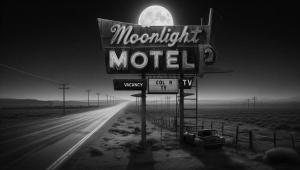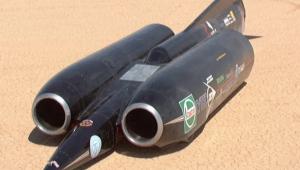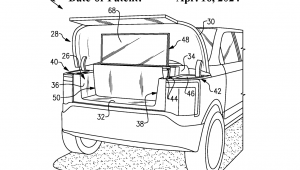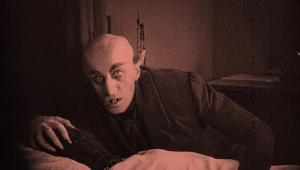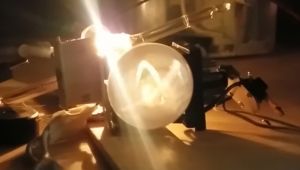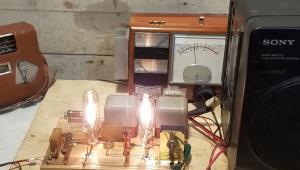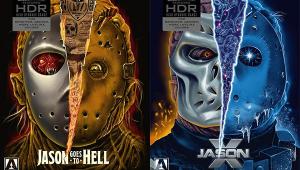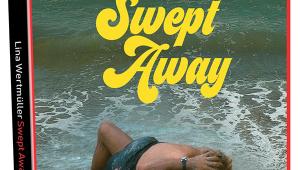How Cool is Software-Defined Radio?
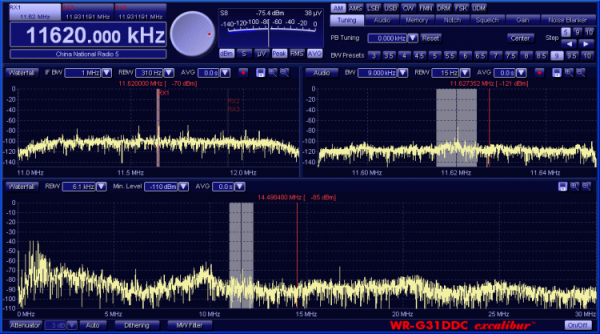
A radio is among the most familiar objects on the planet. Ubiquitously, radios are found in virtually every house and vehicle. In almost all cases, these are analog devices. For example, among the innards you'll find an RF filter, local oscillator, mixer, and filter to tune a specific frequency to a common intermediate frequency (IF). The IF signal is then progressively amplified and filtered and applied to a detector; the audio signal is then amplified and fed to a speaker or other transducer.
The superheterodyne receiver is one of the greatest of all analog inventions. But what if the function of those analog pieces and parts was performed by software instead? Enter software-defined radio (SDR). When SDR was first conceived, programmers wrote a bunch of code that emulated an analog radio, and waved that piece of paper in the air. However, no radio stations were received. Clearly, the ephemeral nature of code somehow needed to be married with the ephemeral nature of radio waves. In theory, an antenna could simply be connected to an analog-to-digital converter. However, in practice, switchable bandpass filters and a low-noise amplifier must precede the A/D. After that, the software takes over.
Thus an SDR card connected to a laptop can become the the most versatile multi-band radio you can imagine. Whereas the function of a traditional radio is strictly limited by the circuitry it contains, the minimal hardware in an SDR and its inherently programmable basis lets it deal with all sorts of radio modulations such as single-sideband modulation, frequency modulation, amplitude modulation, and other digital modes such as radioteletype, slow-scan television, and packet radio. Yes, using a laptop to tune into AM stations might be overkill, but what if your laptop was suddenly a short-wave radio?
As you might expect, SDR rigs can range from low-cost DIY to spendy military models. The former might take the form a simple dongle that plugs into a USB port, and runs open-source SDR code. GNU Radio software is a good example of a hobbyist (i.e. free) SDR software. Universal Software Radio Peripheral (USRP) hardware is similarly popular, is open-source, and is commonly used with GNU Radio. There is a learning curve, but once you master GNU and USRP, the diverse world of SDR is your oyster. Of course, there are also a plethora of plug-and-play SDR receivers commercially available. In any case, analog radios just aren't in the same league.
Okay, I know you are sad that you lost the argument about analog versus digital. Clearly, I kicked your ass. But I am man enough to admit that in reality, you actually won the argument. You see, as noted, conceiving the principle of the superheterodyne receiver and implementing it in circuitry was one of the greatest of analog inventions. While very cool, and even though SDR is creating its own share of increasingly innovative solutions, its initial implementation of superheterodyne in software mainly involved emulating the work of the original analog engineers. In that regard, all good engineers bow to the engineers who came before them.
